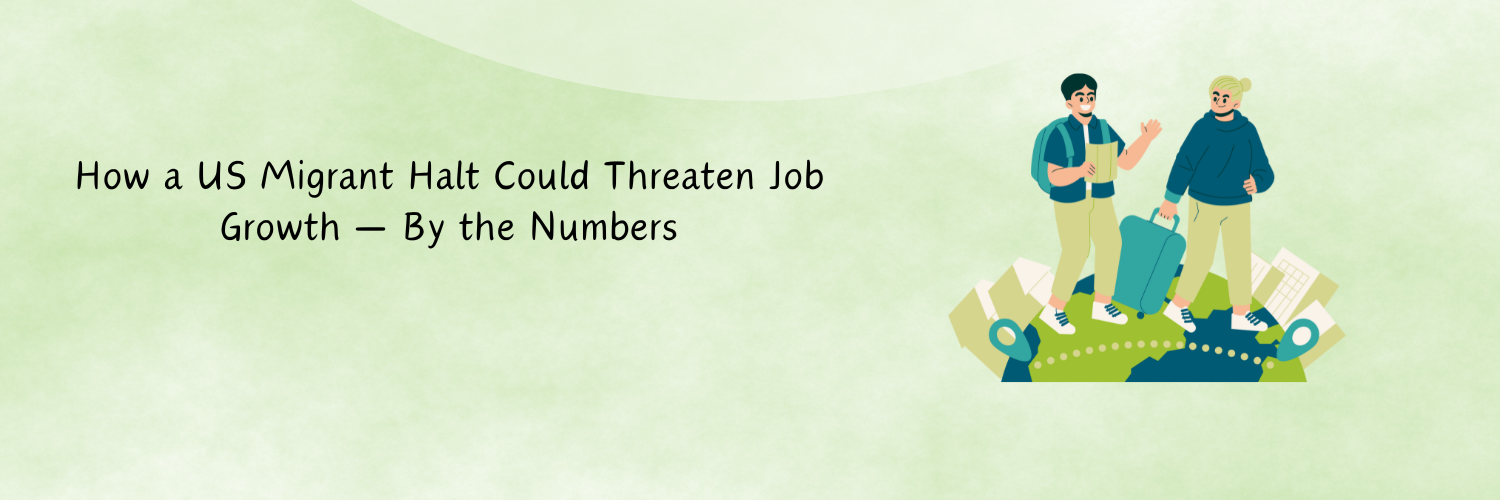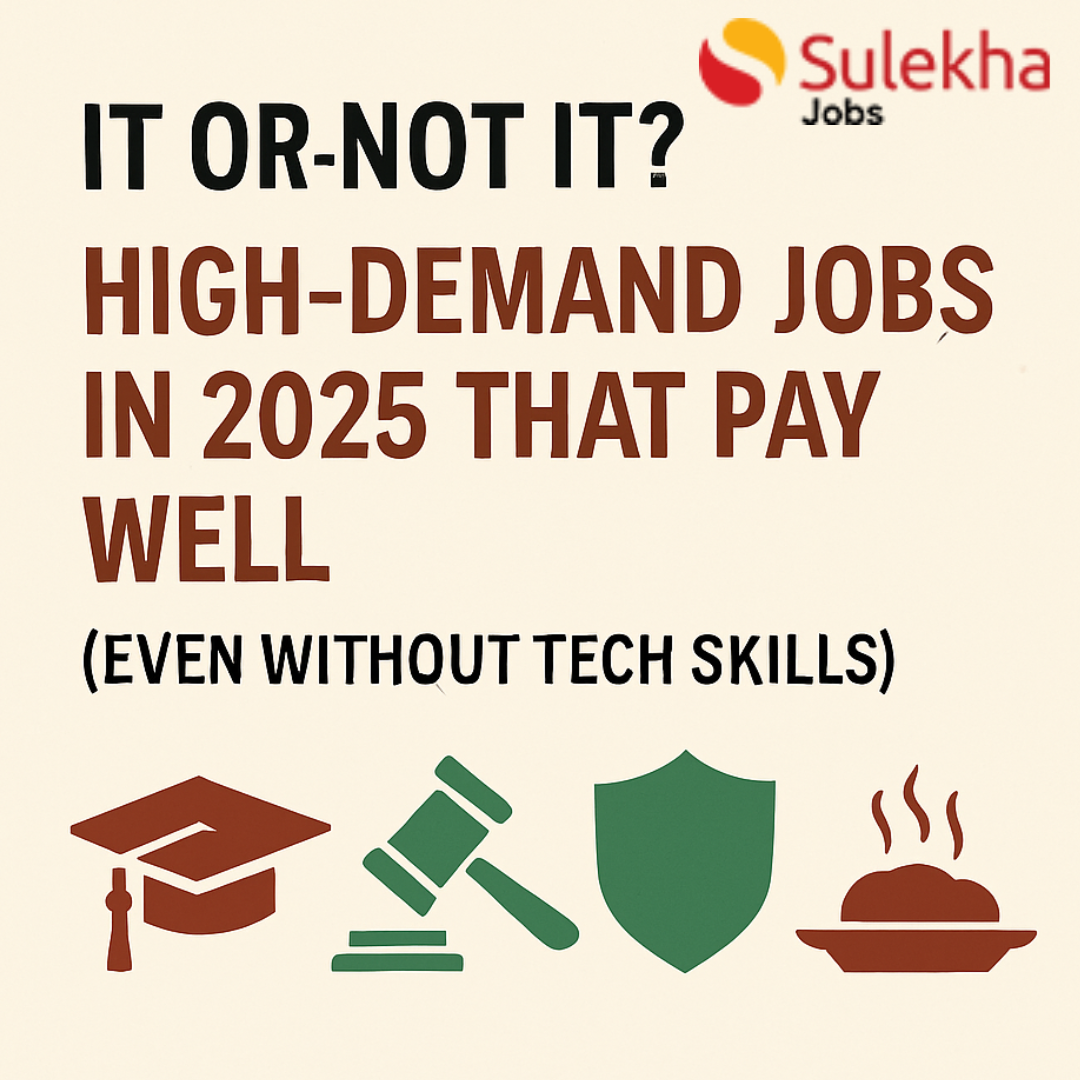How a US Migrant Halt Could Threaten Job Growth — By the Numbers

The U.S.labor market has experienced a remarkable recovery since the pandemic, butlooming immigration policy changes may put that progress at risk. As politicaldiscussions intensify around limiting migrant inflows, economists warn thathalting migration could severely impact job growth and long-term economicstability. Below, we break down the real numbers behind this warning.
Migrants Have Been Driving Job Growth
Accordingto a recent report by Reuters (June 24, 2025), migrants have accountedfor roughly 75% of U.S. private-sector job gains over the past twoyears. That’s about 180,000 jobs per month, a critical portion ofemployment growth in sectors like hospitality, healthcare, construction, andagriculture.
Withoutcontinued migrant inflows, the monthly payroll growth—currently near 100,000jobs—could decline to under 10,000 jobs per month by late 2026,based on projections by Barclays economists.
Impact on GDP and Economic Expansion
Reducedimmigration doesn’t just shrink the labor pool—it also slows down the economy.
Barclaysestimates that potential U.S. GDP growth could decline from the current ~2%to between 1.4% and 1.6% annually. That’s because fewer working-ageadults translates to lower productivity, reduced consumer demand, and aweakened capacity to expand key industries.
Additionally,the U.S. labor force is expected to shrink by approximately 360,000people in 2025 and 2026 due to declining migration and an aging domesticpopulation.
Demographic Shifts are Already Underway
Accordingto U.S. Census Bureau projections, the national population may declineby 50,000 in 2026 and 100,000 in 2027—a sharp contrast tohistorical growth trends. This demographic downturn is largely attributed tostalled immigration rates, combined with lower birth rates and an agingworkforce.
Theseshifts directly affect sectors that rely on entry-level or labor-intensiveworkers, including farming, eldercare, delivery, food service, and janitorialservices.
Policy Uncertainty Is Amplifying the Impact
Recentenforcement actions—such as ICE raids and policy uncertainty—have alreadydiscouraged migrant labor participation. According to an Associated Pressreport, business owners in states like Georgia and Texas report increasedlabor shortages and operational disruption due to migrant fears and deportationrisks.
Moreover,the Federal Reserve may face challenges in balancing interest ratedecisions. Fewer workers could lead to higher wages, which would keep inflationstubbornly high—even if overall economic growth slows. As of June 2025, sevenFed officials have indicated support for maintaining current interest ratesin light of these labor concerns.
What’s at Stake?
Indicator | Current (With Migration) | Projected (With Halt) |
Job Growth (Monthly) | ~100,000 – 180,000 jobs | < 10,000 jobs |
GDP Growth (Annually) | ~2% | 1.4% – 1.6% |
Labor Force Change | Stable | –360,000 workers (2025–2026) |
Migrant Share of Jobs | ~75% of private job growth | Nearly 0% |
(Source: Reuters,Barclays, U.S. Census Bureau, AP News)
Conclusion: A Costly Halt
Whileimmigration policy remains a contentious topic, the economic data paints aclear picture: halting migrant inflows could have serious consequences for U.S.job creation, GDP growth, and demographic sustainability. For a country thathas long relied on immigration to fuel its economy, reducing that flow couldturn today’s labor shortage into tomorrow’s economic stagnation.
Thechoice facing policymakers isn’t just about borders—it’s about the future shapeof the American workforce and economy.
Take the next step towards your professional goals
Want to hire the best talent?
Start Advertising
Post Job AdMake a call
+1-512-580-7444Latest Jobs in New York Metro Area
Python Developer- Oncly GC EAD, NY NJ LOC- BR
- New York, NY
- Developer
Salesforce Developer JM
- New York, NY
- Salesforce Developer
.net Developer - NM
- New York, NY
- .NET Developer
JR AND MID LEVEL (FULLTIME JOBS) FOR EXP AND NON EXP - ALL
- New York, NY
- Software Developer
Latest blogs on technology to explore

Beyond the Resume: What Employers Really Want in 2025.
In 2025, the job market in the US and Canada is buzzing with opportunities—but also fierce competition. While a polished resume still matters, it's no longer the golden ticket to landing your dream job. Employers today are looking beyond the resume,

From Survival to Success: How Sulekha Jobs Helps Immigrants Find Their First Break
Moving to the USA or Canada is a bold step—filled with dreams, determination, and a dash of uncertainty. For many immigrants, the first challenge isn’t just settling in—it’s finding that first job. Whether you're a recent graduate, a skilled professi

Department Manager Jobs in New York City – Run the Show, Earn Big
If you’ve ever dreamed of being the boss of your own little empire—minus the stress of owning one—then a Department Manager job in New York City might just be your calling. From retail giants to corporate hubs, NYC is buzzing with opportunities for s

No Degree? No Problem! Jobs That Hire Based on Skills, Not Certificates
Here's the truth nobody talks about: some of the most successful people in America never stepped foot in a college classroom for a degree. While society has spent decades pushing the "college or bust" narrative, smart employers are waking up to reali

Take Charge in LA – Store Manager Roles Open Now!
Hey job seekers! If you’ve got leadership skills, a knack for customer service, and a love for retail, Los Angeles is calling your name. Right now, Store Manager positions are opening up across LA, and it’s your chance to step into a role that’s dyna

IT or Not IT? High-Demand Jobs in 2025 That Pay Well (Even Without Tech Skills)
Let’s be real — when you hear “high-paying job in 2025,” your mind probably jumps to coding, AI, cloud computing, or some other tech-heavy gig. And sure, IT jobs are booming (no shade!). But here’s the good news: you don’t need to know Python to make

Verified Recruiters, Real Opportunities: Why Sulekha Jobs Is a Game-Changer
Let’s face it—job hunting can feel like a maze. You apply to dozens of listings, wait endlessly, and often never hear back. Worse, some platforms are flooded with outdated posts or sketchy recruiters. That’s where Sulekha Jobs flips the script.

Dallas Needs Assistant Store Managers – Join Now for Fast Growth!
If you’ve got a knack for leadership, love working with people, and thrive in a fast-paced retail environment—Dallas is calling! Assistant Store Manager roles are popping up across the city, and it’s the perfect time to jump in and grow your career.